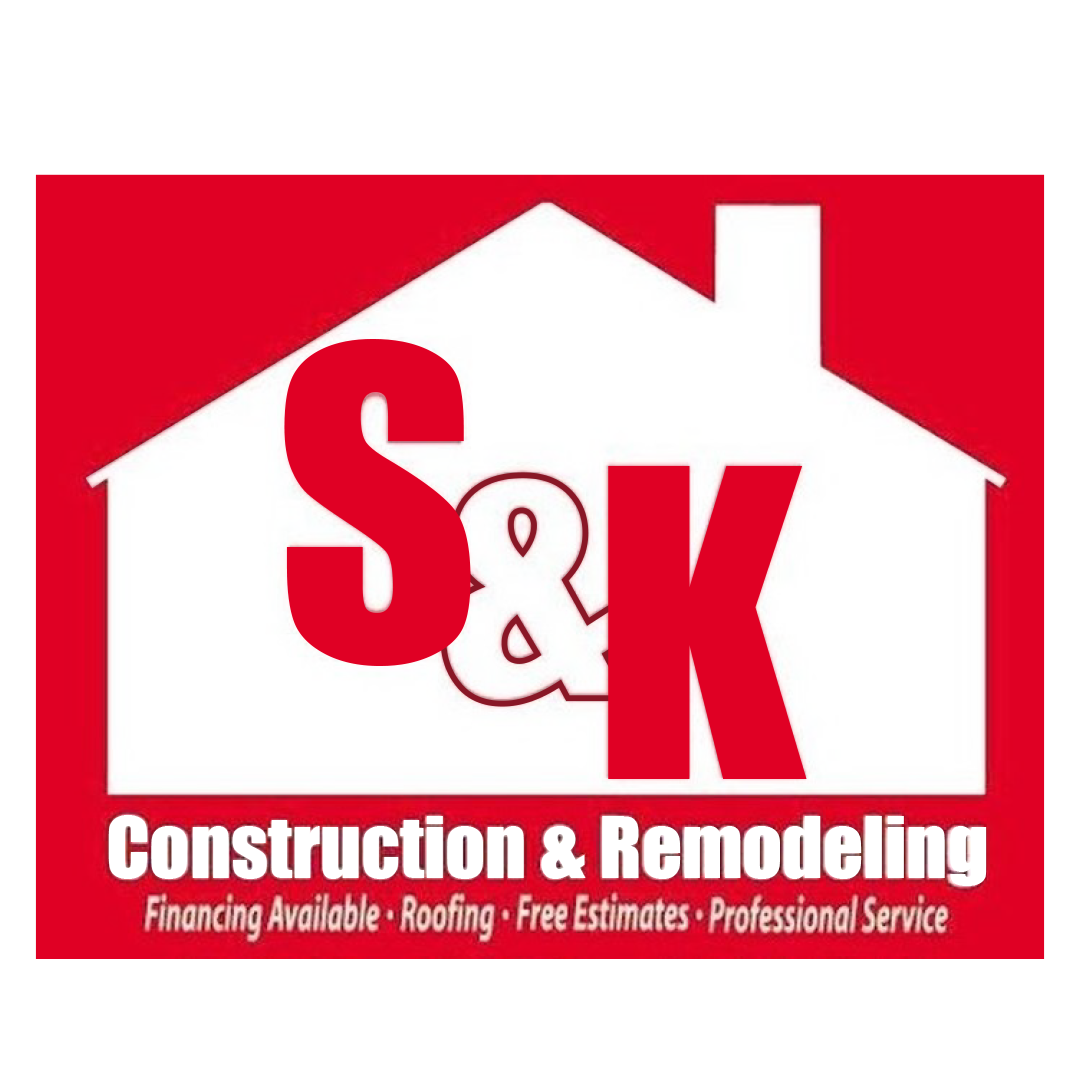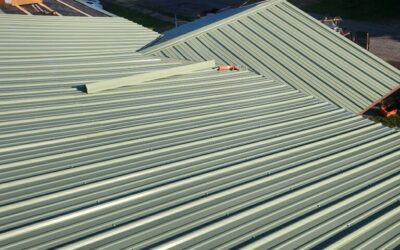Table of Contents
- Introduction: Why Roof Leaks Demand the Right Treatment
- Immediate Steps at the First Sign of a Leak
- Diagnostic Phase: Identifying the Leak Source
- 3.1. Interior Inspection
- 3.2. Attic Investigation
- 3.3. Exterior Roof Assessment
- 3.4. Garden-Hose Test & Thermal Imaging
- 4.1. Tarping and Patching
- 4.2. Roof Sealants and Tapes
- 4.3. Interior Plastic Sheeting & Buckets
- 5.1. Flashing Replacement
- 5.2. Shingle Repair & Replacement
- 5.3. Underlayment and Ice & Water Shield
- 5.4. Roof Vent and Pipe Boot Treatment
- 5.5. Full Roof Tear-Off & Replacement
- 6.1. Leak at Roof Valleys
- 6.2. Chimney and Skylight Flashing Leaks
- 6.3. Metal Roof Treatment
- 6.4. Flat Roof Patching
- 7.1. Infrared (IR) Scanning
- 7.2. Drone Inspection
- 7.3. Moisture Meters & Hygrometers
- Health, Structural & Financial Benefits of Proper Treatment
- Why DIY Often Fails & When to Call the Pros
- Why Choose S\&K Construction and Remodeling LLC
- Financing, Insurance & Warranty Support
- Preventive Maintenance to Avoid Future Leaks
- Frequently Asked Questions
- Conclusion & Call to Action
1. Introduction: Why Roof Leaks Demand the Right Treatment
A single drop of water from your ceiling can signal a cascade of problems: rotted decking, ruined insulation, mold growth, and skyrocketing energy bills. If you’re in Jefferson, Ashtabula, Youngstown, Cleveland Heights, or anywhere in Northeast Ohio, knowing what is the best treatment for a leaking roof can mean the difference between a minor repair and a full roof replacement.
In this comprehensive guide, we’ll walk you through every step— from immediate containment to permanent solutions—so you can protect your home, your family’s health, and your investment.
2. Immediate Steps at the First Sign of a Leak
A. Contain the Water
- Buckets & Towels: Place containers directly under drips. Use absorbent cloths to protect floors and furnishings.
- Ceiling Patches: In low-risk areas, apply roofing putty or caulk to minor cracks.
B. Protect Valuables
- Move electronics, artwork, and important documents away from wet zones.
C. Cut the Power
- If water approaches wiring or fixtures, shut off the breaker for that area to avoid shocks or fire hazards.
D. Document Everything
- Photograph stains, drips, and any visible roof damage—critical for insurance claims.
E. Call for a Professional Inspection
- Even if you apply a temporary patch, you need a thorough diagnostic to ensure the leak won’t return.
3. Diagnostic Phase: Identifying the Leak Source
Before any treatment, you must pinpoint exactly where water is breaching your roof system.
3.1. Interior Inspection
- Ceiling & Walls: Look for brown rings, peeling paint, bubbling wallpaper.
- Light Fixtures & Vents: Check around recessed cans and HVAC vents—water often travels along wiring.
3.2. Attic Investigation
- Rafter & Deck Stains: Use a flashlight to examine the underside of roof decking.
- Insulation: Wet or matted insulation reveals active leaks.
- Follow the Trail Uphill: Water runs toward the peak before dripping—trace backward from stains.
3.3. Exterior Roof Assessment
- Shingles: Missing, cracked, or cupped shingles create entry points.
- Flashing & Roof Penetrations: Chimneys, vents, skylights often have failed seals.
- Valleys & Eaves: Debris-clogged valleys or gutter backups can force water under shingles.
3.4. Garden-Hose Test & Thermal Imaging
- Controlled Water Test: Systematically wet roof sections while an assistant watches for drips inside.
- Infrared Scanning: Identify hidden moisture pockets without invasive removal.
4. Temporary “Stop-Gap” Treatments
These measures buy you time but cannot replace permanent fixes:
4.1. Tarping and Patching
- Roof Tarps: Anchor a heavy-duty tarp over the leak area, extending several feet beyond the damage.
- Interior Coverings: Staple plastic sheeting to rafters in the attic to redirect water into buckets.
4.2. Roof Sealants and Tapes
- Silicone or Polyurethane Sealant: Apply around minor flashing gaps or small nail holes.
- Roofing Tape: Adhesive membrane patches for underlayment or shingle breaches.
4.3. Interior Plastic Sheeting & Buckets
- Ceiling Sheeting: Create a funnel with plastic to guide drips into containers.
- Desiccant Packs or Dehumidifiers: Reduce indoor humidity and slow mold growth.
5. Permanent Repair Options: From Flashing to Full Replacement
5.1. Flashing Replacement
- Remove and reinstall metal step and counter-flashing around chimneys, skylights, and valleys with new galvanized or stainless steel pieces.
5.2. Shingle Repair & Replacement
- Spot-Replace: Lift damaged shingles, remove underlayment, install matching asphalt shingles with sealant.
- Overlay vs. Tear-Off: While overlays save time, a full tear-off is recommended for roofs with multiple layers to avoid hidden decay.
5.3. Underlayment and Ice & Water Shield
- Install synthetic breathables or traditional felt underlayment.
- In high-risk areas (eaves, valleys, roof-to-wall transitions), apply ice-water shield to create a self-sealing membrane.
5.4. Roof Vent and Pipe Boot Treatment
- Replace brittle rubber pipe boots with high-quality EPDM or silicone boots.
- Upgrade ridge and soffit vents to improve attic ventilation and prevent condensation.
5.5. Full Roof Tear-Off & Replacement
- When over 30% of shingles are compromised, or decking rot is extensive, a full re-roof ensures structural integrity and uniform warranty coverage.
6. Specialized Treatments for Common Leak Types
6.1. Leak at Roof Valleys
- Valley Liners: Replace worn metal valley flashing.
- Closed vs. Open Valleys: Consider closed-cut valleys for aesthetics and reduced debris buildup.
6.2. Chimney and Skylight Flashing Leaks
- Chimney Re-Flashing: Install new step flashing and counter-flashing integrated with masonry sealant.
- Skylight Curb Repair: Replace gaskets and metal flange, reseal with silicone.
6.3. Metal Roof Treatment
- Re-Seaming: Compress raised seams with an electric seamer tool.
- Coating Systems: Apply elastomeric roof coatings to bridge hairline cracks.
6.4. Flat Roof Patching
- Torch-Down Membrane Repair: Heat-weld new membrane patches.
- Liquid Rubber: Brush-on polymer coatings that seal ponding water.
7. Advanced Technologies & Tools
7.1. Infrared (IR) Scanning
- Thermal imaging reveals “cold” moisture spots hidden beneath roofing materials.
7.2. Drone Inspection
- High-resolution aerial photography of steep or complex roofs without risking safety.
7.3. Moisture Meters & Hygrometers
- Pin meters measure moisture depth in decking; hygrometers monitor attic humidity to distinguish condensation vs. leaks.
8. Health, Structural & Financial Benefits of Proper Treatment
- Mold Prevention: Stops growth that can trigger allergies and respiratory issues.
- Structural Integrity: Protects rafters, decking, and insulation from rot.
- Energy Efficiency: Restores attic insulation performance, lowering heating and cooling costs.
- Home Value: A well-maintained roof improves curb appeal and resale price.
- Insurance Compliance: Maintains warranty and coverage by demonstrating professional, timely repairs.
9. Why DIY Often Fails & When to Call the Pros
DIY Pitfalls:
- Misdiagnosed leak sources
- Improper sealant application
- Safety hazards on steep pitches
- Voided manufacturer warranties
Call S\&K When:
- You can’t find the source after basic checks
- Multiple leak points exist
- You need insurance-grade documentation
- You lack safe access or expertise
10. Why Choose S\&K Construction and Remodeling LLC
- Owens Corning Preferred Contractor: Adhering to the highest installation standards.
- Local Expertise: Serving Jefferson, Youngstown, Cleveland Heights, Ashtabula, and all of Northeast Ohio.
- Comprehensive Services: From emergency tarping to full roof replacement and interior restoration.
- Transparent Estimates: Written proposals with no hidden fees.
- Customer Satisfaction: Hundreds of 5-star Google reviews praising our timely, professional work.
11. Financing, Insurance & Warranty Support
- Flexible Financing: 0% APR introductory plans, low-monthly-payment loans.
- Insurance Claims Assistance: We document damage, meet adjusters, and advocate for full coverage.
- Warranties: Up to 50-year Owens Corning product warranty + 5-year workmanship guarantee + 1-year interior repair warranty.
12. Preventive Maintenance to Avoid Future Leaks
- Biannual Inspections: Spring and fall roof evaluations.
- Gutter Cleaning: Twice-yearly debris removal.
- Attic Ventilation Checks: Ensure soffit, ridge, and gable vents are clear.
- Tree Trimming: Keep branches at least 6–8 feet away from roofing surfaces.
Enroll in our Annual Maintenance Plan for discounted inspections, priority scheduling, and early leak detection.
13. Frequently Asked Questions
Q1: What’s the quickest permanent fix?
A: Flashing replacement around the leak source—often completed in a few hours.
Q2: Can roof coatings stop leaks?
A: Elastomeric coatings work well on flat roofs, but don’t substitute for shingle or flashing repairs on pitched roofs.
Q3: How long does a full roof replacement take?
A: Typically 1–3 days for an average 2,000 sq ft home, weather permitting.
Q4: Will insurance cover leak repairs?
A: Damage from storms or hail usually qualifies; lack of maintenance typically does not. We help document to support claims.
Q5: How often should I inspect my roof?
A: At least once a year, plus after major storms or heavy snowfall.
14. Conclusion & Call to Action
When water starts dripping into your home, the best treatment for a leaking roof is a professionally diagnosed, permanently repaired solution—backed by manufacturer warranties, insurance advocacy, and flexible financing. At S\&K Construction and Remodeling LLC, we combine local Northeast Ohio expertise, Owens Corning standards, and advanced technology to stop leaks fast and keep your roof strong for decades.
Don’t wait for minor drips to become major disasters. Call us today at (440) 384-3251 or visit www.skconstructionremodeling.com to schedule your free leak inspection and discover the treatment plan that’s right for your home and budget.
This guide is brought to you by S\&K Construction and Remodeling LLC—your trusted roofing partner in Northeast Ohio.
 (440) 307-2060
(440) 307-2060

